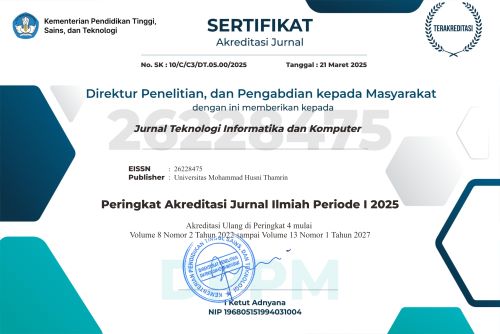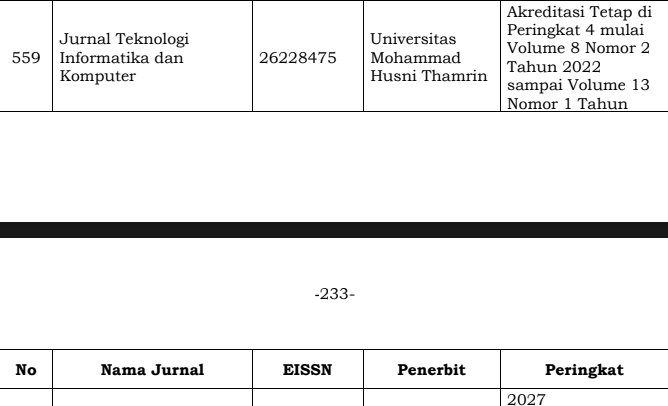User Satisfaction Analysis of Netflix Application Using End User Computing Satisfaction (EUCS) Method
DOI:
https://doi.org/10.37012/jtik.v11i1.2561Abstract
Technology has changed many aspects of life, including economics, politics, government, and communication, which have an impact on people's lifestyles and views. One of these changes is the emergence of streaming services such as Netflix, which allows users to watch various shows and movies by subscribing. This study aims to measure Netflix user satisfaction using the End User Computing Satisfaction (EUCS) method. The EUCS method is used to compare user expectations and reality towards information systems. This study involved 50 respondents from various age groups and professions: 5 people aged 17–20 years, 38 aged 21–29, 6 aged 30–39, and 1 aged 40–49. In terms of occupation, there were 14 students, 3 housewives, 3 entrepreneurs, 25 employees, and 5 others. The majority of respondents have an income of 3–5 million rupiah. The results of the study showed that more than 80% of respondents stated "strongly agree" in all aspects, this can be seen in the results in the form of: the results of the content component which contains two questions in which respondents choose to feel satisfied, for the results of the accuracy component which contains two questions in which respondents choose to feel satisfied, the Display component (Format) which contains two questions in which respondents choose to feel satisfied, the results of the respondents' choices for the Ease of Use component which contains two questions in which respondents choose to feel satisfied, the Timeliness component which contains two questions in which respondents choose to feel satisfied reflects high satisfaction with Netflix.
Downloads
Published
Issue
Section
Citation Check
License
Copyright (c) 2025 Yahdi Kusnadi, Iga Auliani Rahman

This work is licensed under a Creative Commons Attribution 4.0 International License.
Jurnal Teknologi Informatika dan Komputer allows readers to read, download, copy, distribute, print, search, or link to the full texts of its articles and allow readers to use them for any other lawful purpose. The journal allows the author(s) to hold the copyright without restrictions. Finally, the journal allows the author(s) to retain publishing rights without restrictions Authors are allowed to archive their submitted article in an open access repository Authors are allowed to archive the final published article in an open access repository with an acknowledgment of its initial publication in this journal.

Jurnal Teknlogi Informatika dan Komputer is licensed under a Creative Commons Attribution 4.0 International License.












